At the heart of this transformation are AI smart home ideas, concepts that promise to deliver a future where our living spaces don’t just respond to commands, but anticipate our needs and simplify our lives. This analysis will delve into how these AI-driven concepts cultivate effortless intelligence, explore the core benefits of “smarter living, simplified,” outline practical steps for realizing this vision, and paint a picture of the simplified, intelligent future that awaits us.
Contents
AI Smart Home Ideas – Cultivating Effortless Intelligence

The true power of AI in the smart home lies in its ability to move beyond rigid programming, learning from patterns, and adapting to individual needs. This cultivates an environment where intelligence feels effortless, seamlessly integrating into daily life. Here are some key AI smart home ideas that are shaping this future:
- These systems leverage AI to learn occupant schedules, individual comfort preferences (e.g., warmer in the morning, cooler at night), and external factors like local weather forecasts. Instead of relying on fixed schedules, the AI proactively optimizes heating and cooling, ensuring the home is always at the ideal temperature while minimizing energy consumption.
- AI-powered air quality systems continuously monitor indoor air for a wide range of pollutants, including volatile organic compounds (VOCs), carbon dioxide (CO2), fine particulate matter (PM2.5/PM10), and allergens. When pollutant levels rise (e.g., from cooking, cleaning, or outdoor infiltration), the AI automatically activates smart air purifiers, adjusts ventilation systems, or even suggests opening windows. This proactive approach ensures optimal air quality, mitigating health risks without requiring constant user attention or awareness.
- AI allows for granular control over environmental conditions in different areas of the home. The system learns the specific preferences and occupancy patterns of each room or zone. For example, the office might maintain a slightly cooler temperature during working hours, while the nursery ensures a stable, ideal environment around the clock. This level of personalization simplifies comfort management across diverse household needs.
Automated Lighting & Ambiance
- Moving beyond simple motion detection, AI lighting systems adjust based on a multitude of contextual cues. They learn your typical activities (e.g., cooking, reading, watching movies) and respond by setting the appropriate brightness, color temperature, and even light direction. The AI also considers natural light levels, dimming indoor lights on bright days and subtly brightening them as dusk approaches, ensuring optimal illumination while conserving energy.
- A crucial aspect of AI smart home ideas is energy efficiency. AI learns occupancy patterns and usage habits to automatically turn off lights in unoccupied rooms, or dim them when sufficient natural light is present. This intelligent automation drastically reduces energy waste without requiring users to actively manage switches, contributing to lower utility bills and a smaller carbon footprint.
- Advanced AI lighting systems can be programmed to align with human circadian rhythms. They automatically adjust the color temperature of lights throughout the day – cooler, bluer light in the morning to promote alertness, gradually shifting to warmer, amber tones in the evening to prepare the body for sleep. This passive support for natural biological rhythms simplifies well-being routines and can significantly improve sleep quality.
The Core Benefits – Smarter Living, Simplified
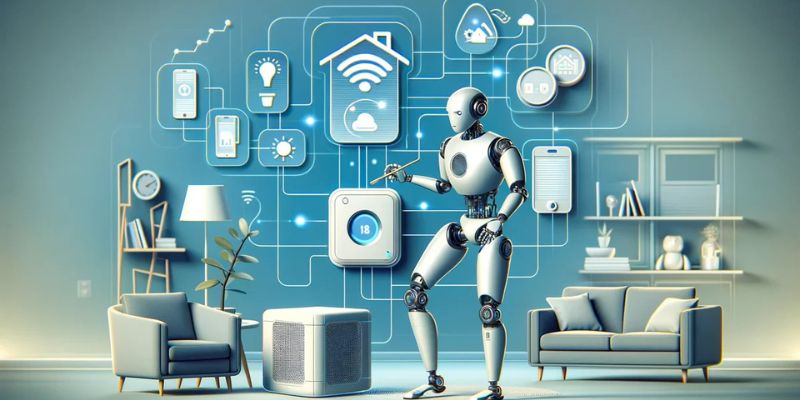
The implementation of these AI smart home ideas translates into profound benefits that redefine the daily living experience.
- This is arguably the most significant benefit. The home actively manages itself, anticipating needs and automating mundane tasks. This frees up cognitive energy for occupants, allowing them to focus on work, family, hobbies, or simply relaxing, rather than constantly managing their environment.
- AI-driven optimization leads to significant energy savings and reduced waste across all home systems. Climate control, lighting, and appliance usage are precisely matched to actual needs, minimizing unnecessary consumption without active user effort. This results in lower utility bills and a smaller environmental footprint.
- The home environment continually adapts to individual preferences and promotes a healthier lifestyle. From maintaining optimal air quality and temperature to aligning lighting with circadian rhythms, the living space actively contributes to physical and psychological comfort, leading to better sleep, improved concentration, and a greater sense of calm.
- Complex tasks are simplified through natural language processing and adaptive systems. The home becomes more responsive to nuances in human behavior, making advanced technology feel effortless and lowering the barrier to entry for even less tech-savvy individuals.
- By automating countless small and large daily tasks, AI grants occupants the invaluable gift of time. This reclaimed time can be dedicated to personal pursuits, family bonding, creative endeavors, or simply enjoying a more relaxed and fulfilling life.
Realizing the Vision – Practical Steps
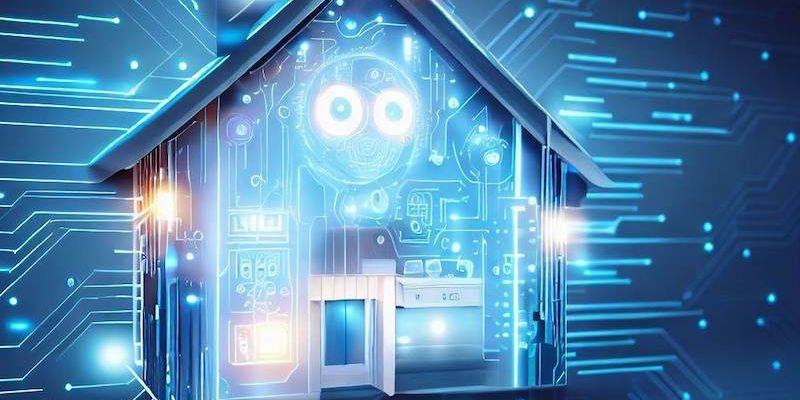
Embracing these AI smart home ideas doesn’t require an overnight overhaul. It’s a journey that can be undertaken incrementally.
Start by pinpointing areas where you currently experience friction or inconvenience in your home. Is it managing energy bills? Ensuring home security? Or simply automating your morning routine? Focusing on specific pain points helps prioritize initial AI integrations.
Select smart home platforms (like Apple HomeKit, Google Home, Amazon Alexa, or Samsung SmartThings) known for robust AI integration, strong interoperability with various device brands, and a commitment to continuous learning and improvement. A cohesive ecosystem is key to seamless AI functionality.
Begin with a few key AI-powered devices that address your most pressing pain points. For example, an AI thermostat, smart lighting, or a video doorbell with AI analytics. Expand your smart home gradually as you become comfortable with the technology and witness its benefits firsthand.
As AI learns from your data, it’s crucial to choose devices and platforms that prioritize data privacy and security. Look for features like on-device processing (Edge AI) for sensitive data, strong encryption, and transparent privacy policies.
To Home Gadget Digest, the array of AI smart home ideas available today signals a profound shift in how we conceive of our living spaces. By cultivating effortless intelligence across climate, lighting, security, entertainment, and maintenance, AI is truly ushering in an era of “Smarter Living, Simplified.”




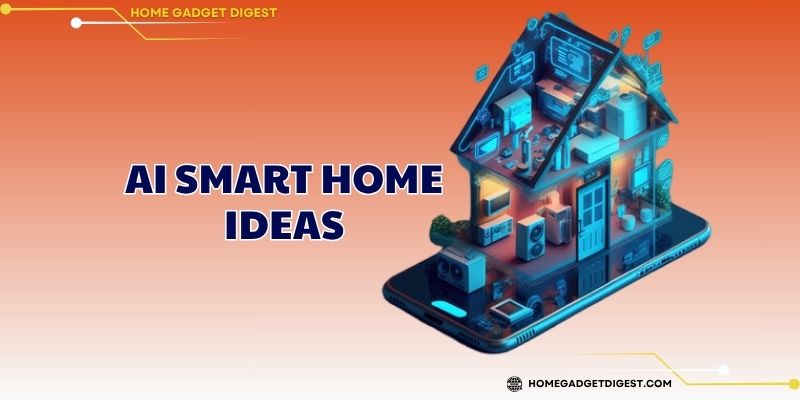

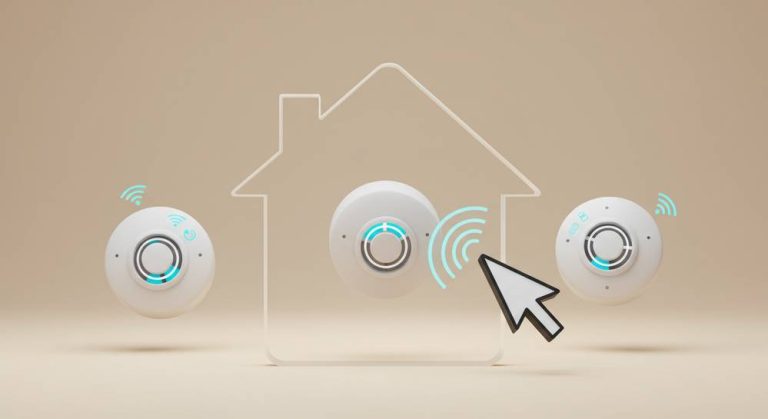
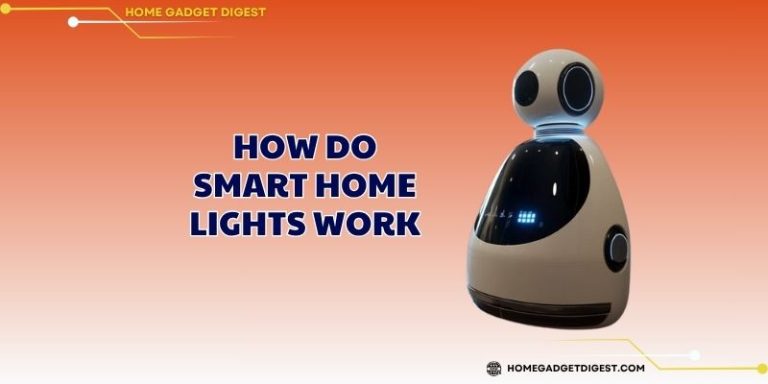



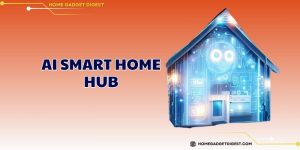

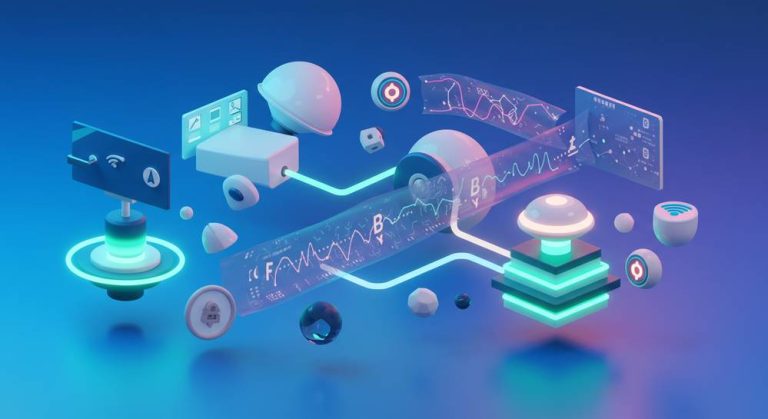
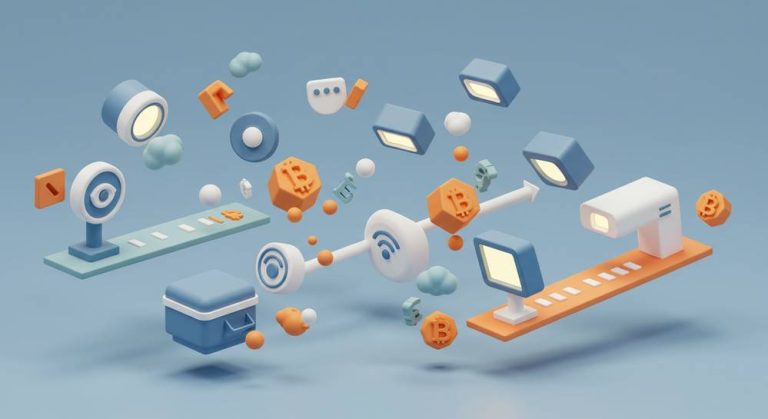

+ There are no comments
Add yours